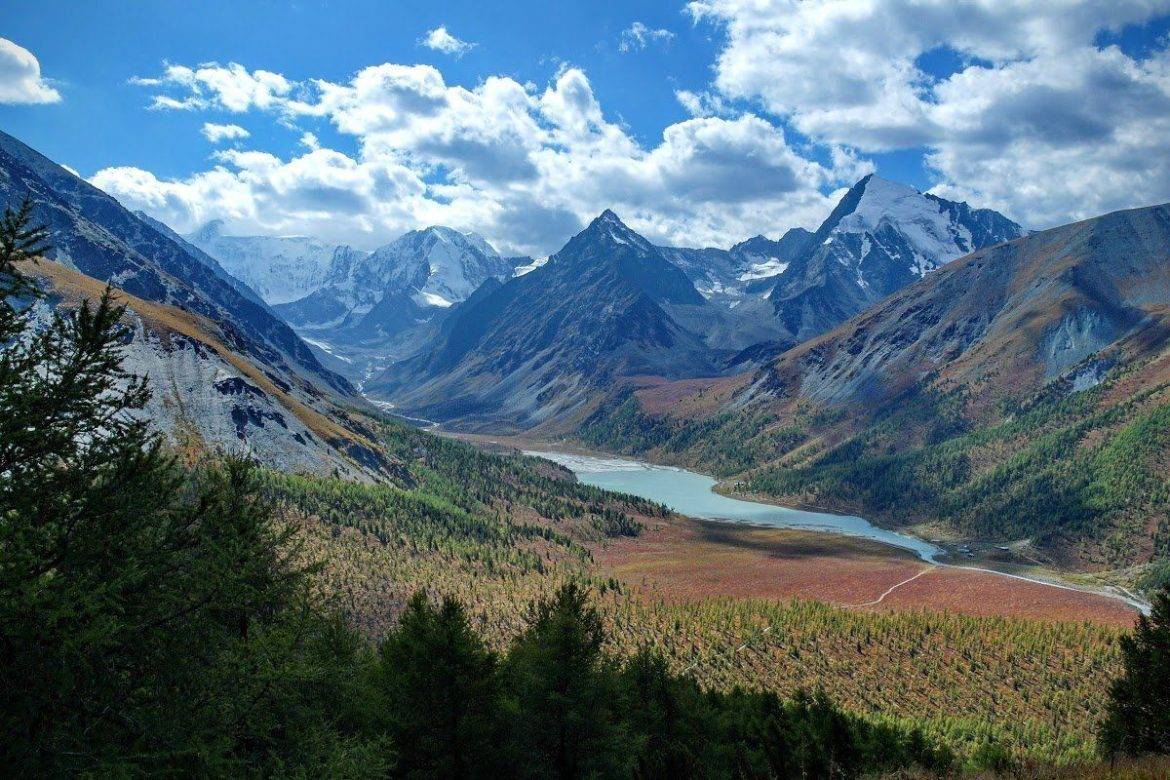Ancient civilizations, spanning millennia and continents, laid the foundation for human history and culture as we know it today. From the majestic pyramids of Egypt to the sophisticated cities of Mesopotamia and the monumental architecture of the Americas, these civilizations left a lasting legacy of innovation, artistry, and societal advancements. This article delves into the rich histories and achievements of some of the most prominent ancient civilizations around the world.
Mesopotamia: Cradle of Civilization
Mesopotamia, located in the fertile valleys between the Tigris and Euphrates rivers (modern-day Iraq), is often regarded as the cradle of civilization. The Sumerians, Akkadians, Babylonians, and Assyrians flourished in this region, contributing significantly to early human development.
Achievements: Mesopotamian civilizations pioneered writing systems, including cuneiform script, one of the earliest forms of writing. They also developed advanced mathematics, astronomy, and irrigation techniques essential for agricultural prosperity in an arid environment.
Legacy: The Code of Hammurabi, one of the earliest known legal codes, reflects Mesopotamian advancements in governance and justice. The ziggurats, massive stepped temple structures, symbolized the connection between earthly and divine realms.





